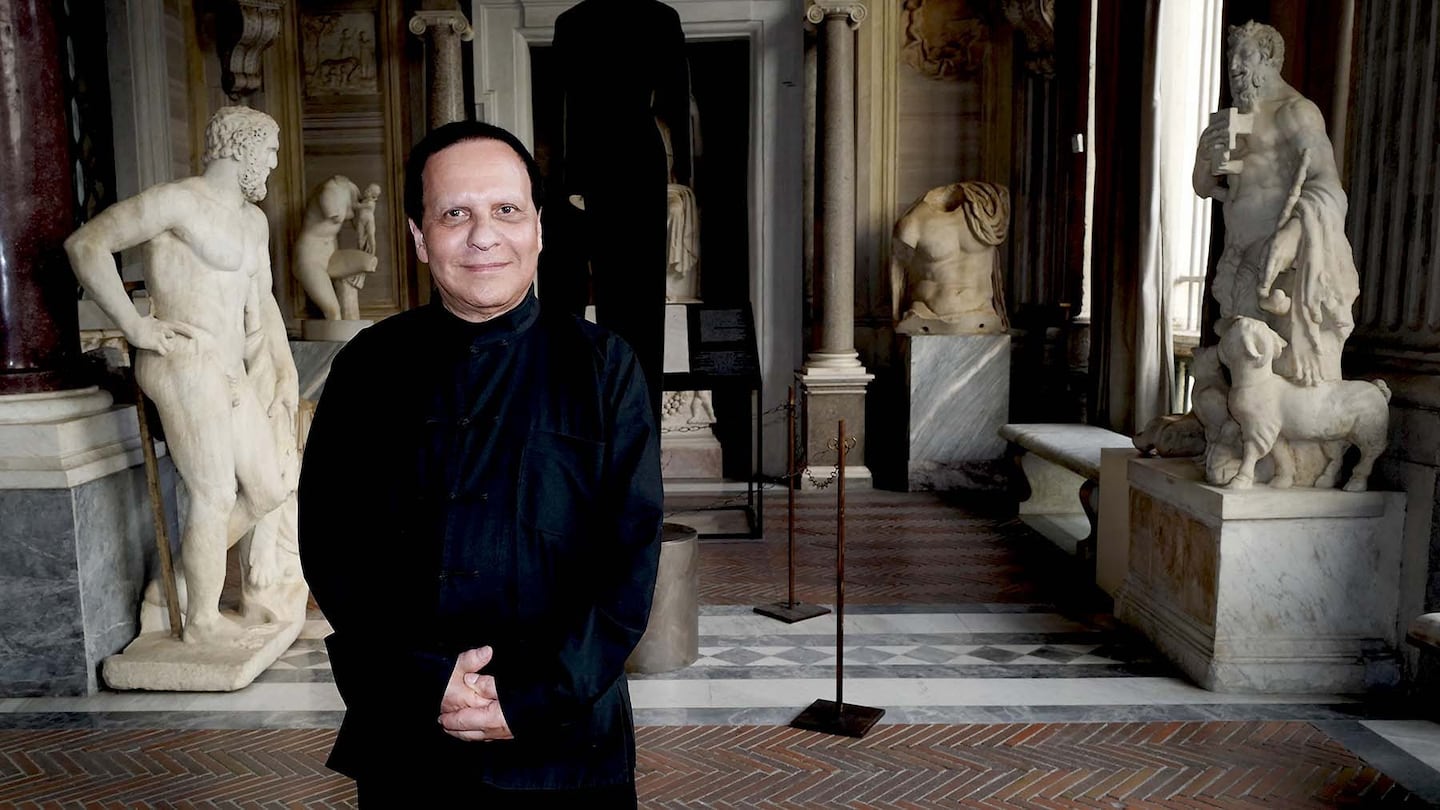
The Business of Fashion
Agenda-setting intelligence, analysis and advice for the global fashion community.

Agenda-setting intelligence, analysis and advice for the global fashion community.

PARIS, France — According to a French media report in Le Point, Azzedine Alaïa has passed away at the age of 82.
Alaïa was one of the industry’s few designers willing to follow his own conventions and ignore fashion schedules, creating collections at his own pace. His ability to do so stemmed from his prodigious talent and fashion’s seemingly insatiable appetite for his designs. His cutting skills and idiosyncratic takes on classic silhouettes have made Alaïa popular for decades; his designs remain the aspirational zenith for many.
"It is with great sadness that I learned of the passing of Azzedine Alaïa," François-Henri Pinault, Kering's chairman and chief executive, told BoF. "In the fashion world, he was a great, major couturier. Everything was at the top with him: couture, art, the standards he aimed at, his dedication to his work, his mastering of techniques and all the women he dressed. He was an artisan in the noble sense of the term, and a man fiercely attached to his freedom. He was a friend."
Alaïa's love of fashion began through his reading of Vogue magazine at a young age. Lying about his age to attend the École des Beaux-Arts in Tunis, he worked as a dressmaker after graduation, before deciding to move to Paris in 1957. There he started his career at Christian Dior as a tailleur, but soon moved to work for Guy Laroche for two seasons and then on to Thierry Mugler. He opened his first atelier in his Rue de Bellechasse apartment in the late 1970s, from which he dressed his private clientele, such as Marie-Hélène de Rothschild, Louise Lévêque de Vilmorin and Greta Garbo.
ADVERTISEMENT
In 1980 he produced his first ready-to-wear collection, which was championed by the then doyennes of fashion, Melka Tréanton of Depeche Mode and Nicole Crassat of French Elle, who both regularly featured his work in their respective magazines.
That same year the designer moved to larger premises in Paris, and by 1988, Alaïa had opened boutiques in Beverly Hills and New York, and was soon dubbed the "King of Cling" by the media. During the mid-90s Alaïa partially retired from the fashion scene for personal reasons. However, he continued to cater for a private clientele and enjoyed commercial success with his ready-to-wear lines.
In 2000, Alaïa signed a partnership with the Prada Group. He later bought his brand back from the group in 2007, before entering an agreement with Richemont.
Editor's Note: This article was revised on November 20, 2017. A previous version of this article misstated that Azzedine Alaïa passed away at the age of 77. This is incorrect. He passed away at the age of 82.
Related Articles:
[ Does Azzedine Alaïa have the antidote to a relentless fashion system?Opens in new window ]
[ Alaïa’s ApproachOpens in new window ]
[ Will Richemont Ever Scale the Alaïa Business?Opens in new window ]
Hermes saw Chinese buyers snap up its luxury products as the Kelly bag maker showed its resilience amid a broader slowdown in demand for the sector.
The group’s flagship Prada brand grew more slowly but remained resilient in the face of a sector-wide slowdown, with retail sales up 7 percent.
The guidance was issued as the French group released first-quarter sales that confirmed forecasts for a slowdown. Weak demand in China and poor performance at flagship Gucci are weighing on the group.
Consumers face less, not more, choice if handbag brands can't scale up to compete with LVMH, argues Andrea Felsted.